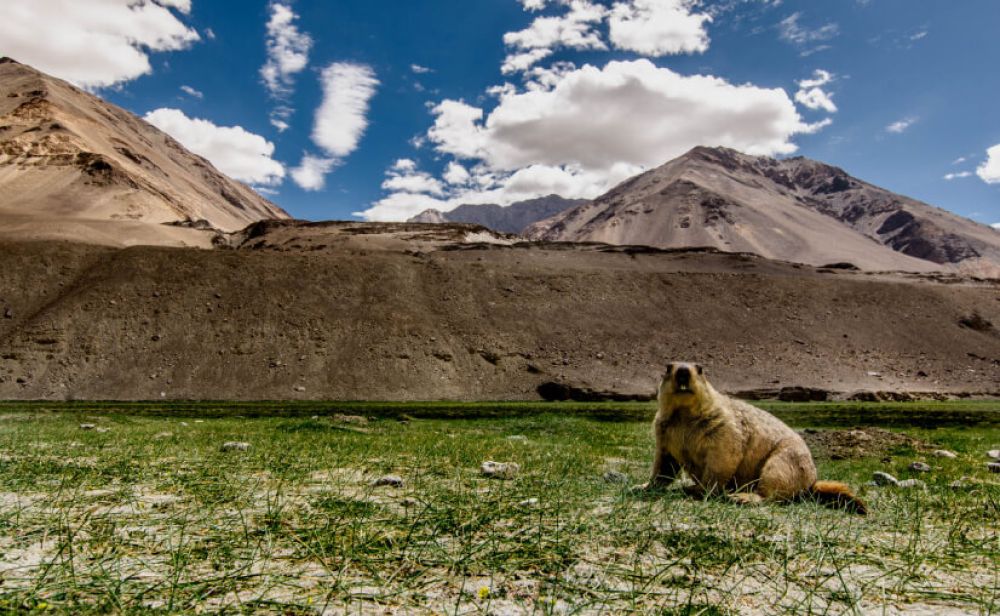

Hemis National Park is one of the high altitude national parks in the world, situated in Hemis, Ladakh, in the northern part of India. Known for its scenic beauty, unique flora and fauna, and the famous Snow Leopard, Hemis National Park is a hotspot for tourists, particularly nature enthusiasts and wildlife photographers.
The inception of Hemis National Park as a protected area dates back to 1981. Over the years, its significance as a conservation area grew, leading to a gradual increase in tourist footfall. However, it was not until the late 20th and early 21st centuries that the park started gaining popularity among international tourists.
The Hemis Monastery, situated near the park, has been a pilgrimage site for centuries and serves as an additional attraction for tourists visiting the park. The annual Hemis festival, which celebrates local culture, also attracts scores of tourists.
In the 1990s, with growing awareness about the elusive Snow Leopard, Hemis National Park began to carve out a niche for itself as a premier destination for wildlife tourism in India. The rugged terrain and pristine environment offered the perfect setting for adventure and eco-tourism.
Over recent years, sustainable tourism has been the focal point, with visitors being more conscious about their environmental footprint. This has steered tourism in Hemis National Park towards eco-friendly practices, with an emphasis on community engagement and conservation.
Trekking and camping have become increasingly popular, with trails like the Snow Leopard Trek offering a blend of thrill and wildlife sighting opportunities. Homestays and community-driven tours have also provided an immersive cultural experience to tourists.
Photography tours continue to be on the rise, as Hemis is renowned as a place where photographers can capture breathtaking landscapes and rare wildlife shots, especially of the Snow Leopard during the winter months.
The Indian government and various NGOs have also been working towards promoting Hemis National Park as a model for high-altitude eco-tourism, aiming to balance conservation efforts with community development and tourist influx.
With the spread of global connectivity and increase in online platforms, digital outreach has also boosted tourism in the region. More people are learning about Hemis through social media, travel blogs, and documentaries.
As the world becomes increasingly interconnected, Hemis National Park continues to attract visitors from across the globe, offering a serene and untouched natural world coupled with a rich cultural experience.